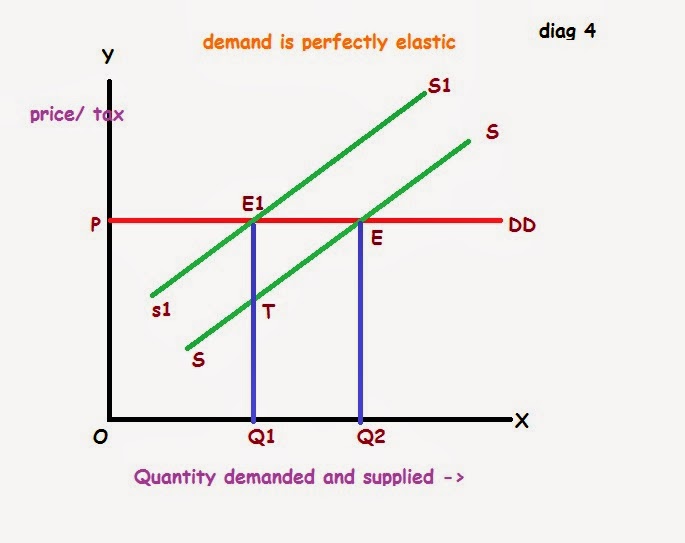

When there is no change in the marginal rate of tax:ģ. The digressive tax rate line has a rising slope initially, but it becomes constant after a point.ġ. The steeper the negative slope of the tax line, the more regressive the taxation. The regressive tax rate line has a declining negative slope. The steeper the slope of the tax line, the progressive the tax regime. The proportional tax rate has a constant slope, graphically, while the progressive tax rate has a rising positive slope. Tax line a represents a progressive tax rate, tax line b represents a proportional tax rate, tax line с shows a regressive tax rate and tax line d denotes a digressive tax rate. 1 depicts the proportion of income taken away in taxation under different tax rates. In digressive taxation, thus, the tax payable increases only at a diminishing rate.ĭiagrammatically, differences in progressive, proportional, regressive and digressive taxation are shown in Fig. In digressive taxation, a tax may be progressive up to a certain limit after that it may be charged at a flat rate. Taxes which are mildly progressive, hence not very steep, so that high income earners do not make a due sacrifice on the basis of equity, are called digressive. It tends to accentuate inequalities of income in the community. It does not comply with the canon of equity. Thus, regressive taxation is unjust and inequitable. Generally, taxes on necessaries are regressive as they take away a greater percentage of lower incomes as compared to higher incomes.

As such, relatively a heavier burden (sacrifice involved) falls upon the poor than on the rich. It must be noted that in regressive taxation, though the total amount of tax increases on a higher income in the absolute sense, in the relative sense, the tax rate declines on a higher income. This has been illustrated in the schedule below (see Table 2).

When the rate of tax decreases as the tax base increases, the taxes are called regressive taxes. The progressive rate of taxation is illustrated in Table 1. Thus, a progressive tax extracts an increasing proportion of rising income. Thus, in a progressive tax, the amount of tax paid will increase at a higher rate than the increase in tax base or income, for the taxation amount is the product of multiplying the base by the rate and both these increase in a progressive tax. Taxes in which the rate of tax increases are called progressive taxes. Thus, a proportional tax extracts a constant proportion of rising income. This has been illustrated in the schedule below (see Table 1). If income is doubled, the tax amount is also doubled. In a proportional tax system, thus, taxes vary in direct proportion to the change in income. Income is, however, regarded as the main tax base, because it is the determinant of taxable capacity of a person. Here, the tax base may be income, money value of property, wealth, or goods etc.


 0 kommentar(er)
0 kommentar(er)
